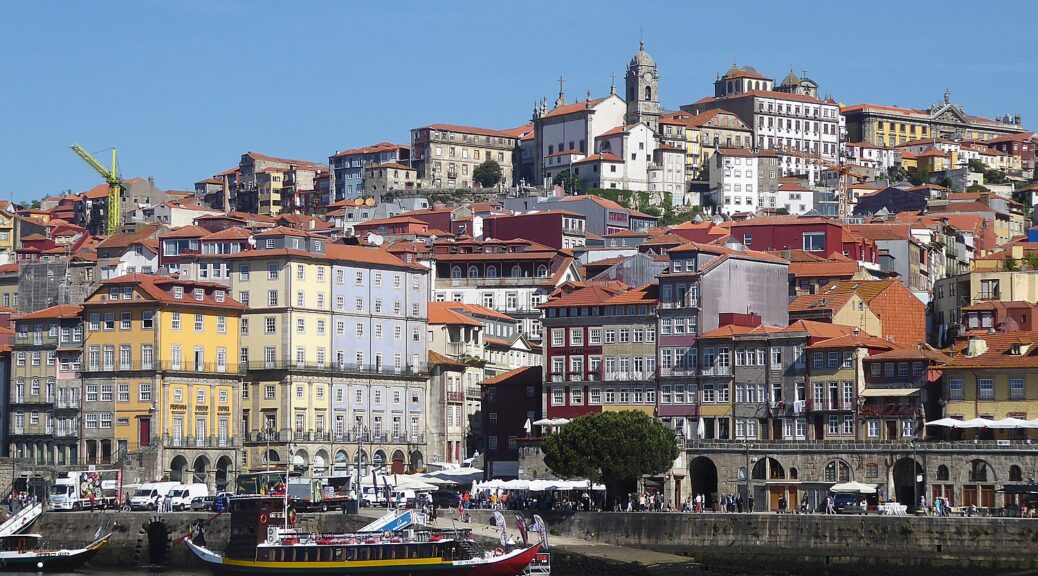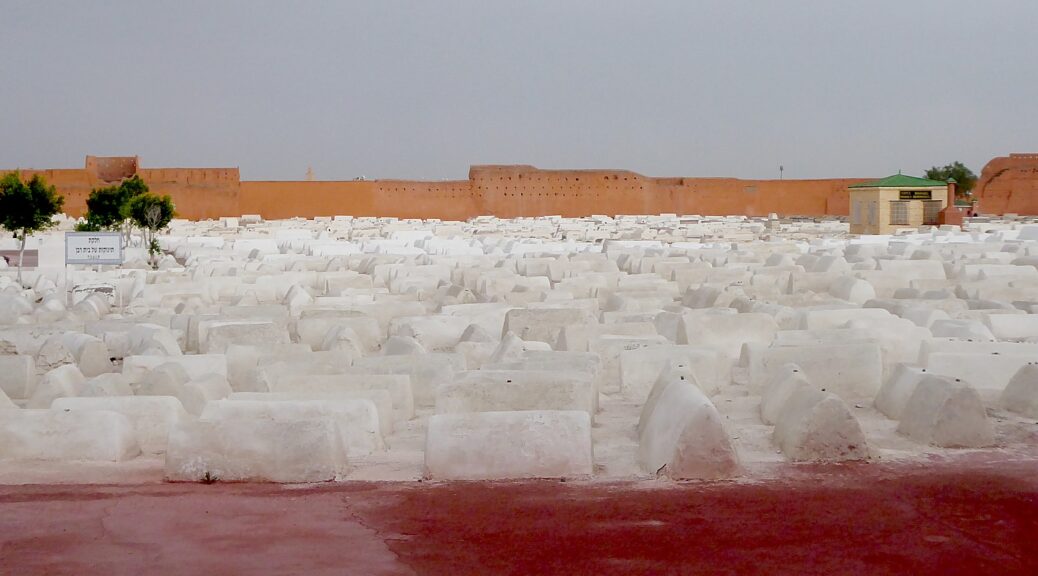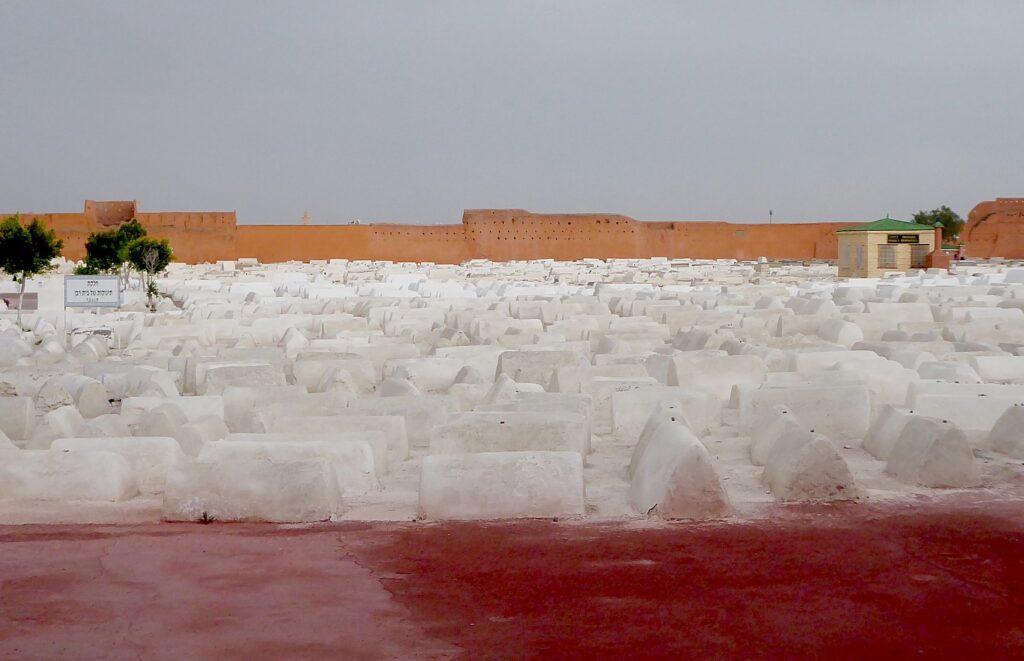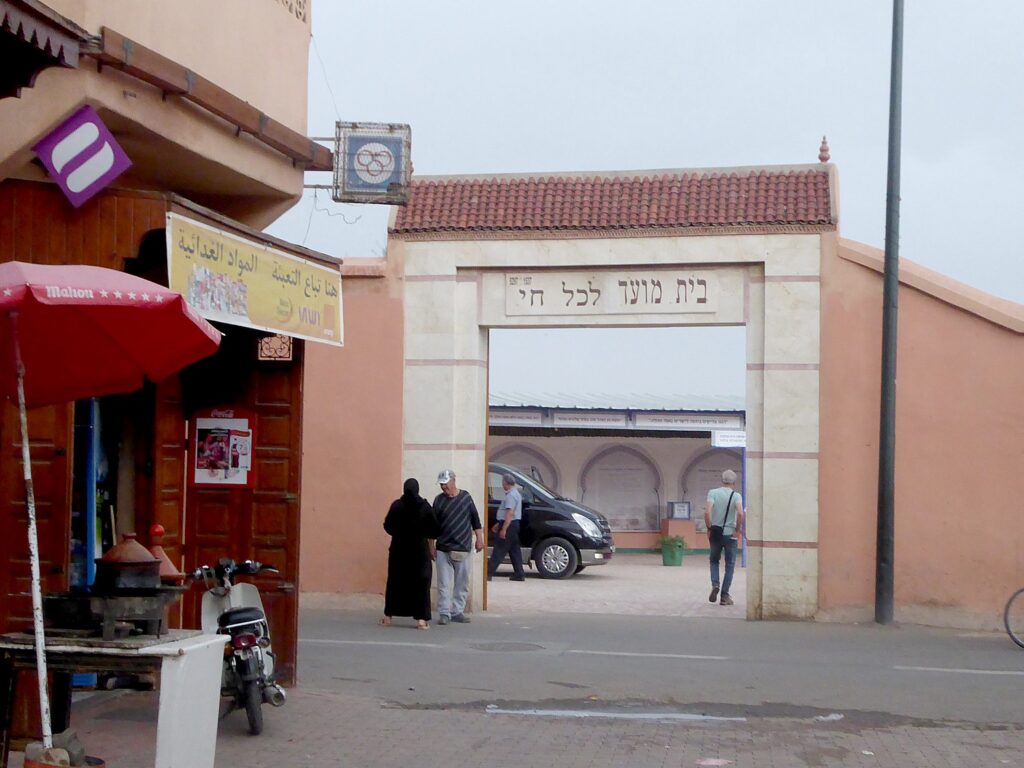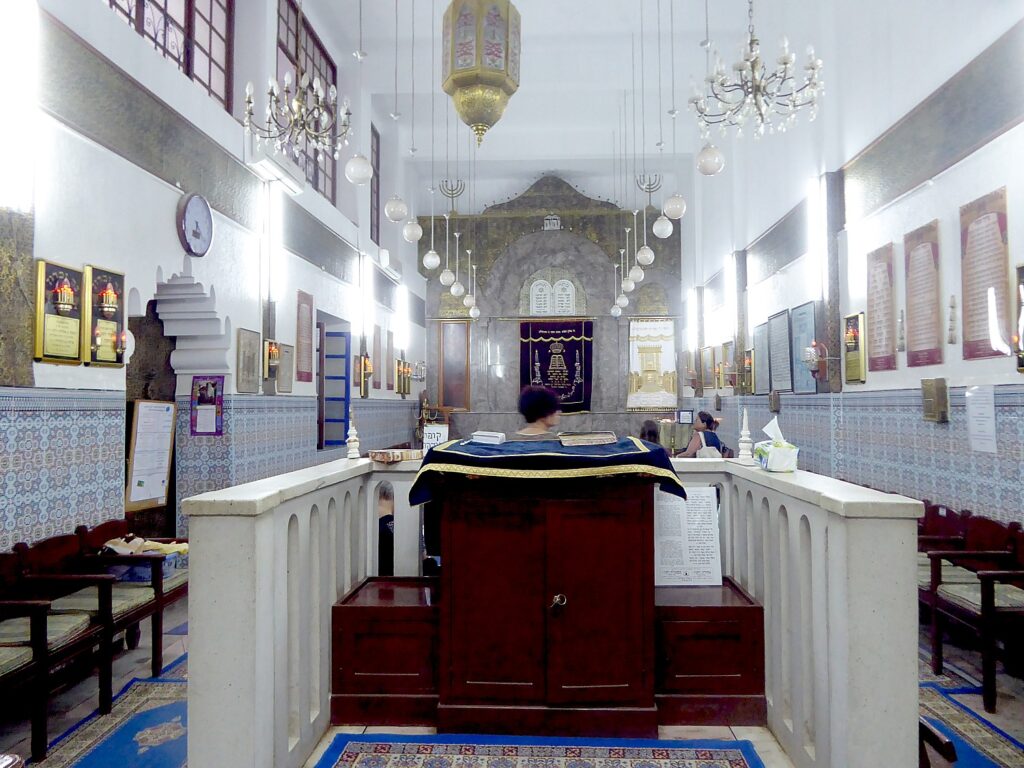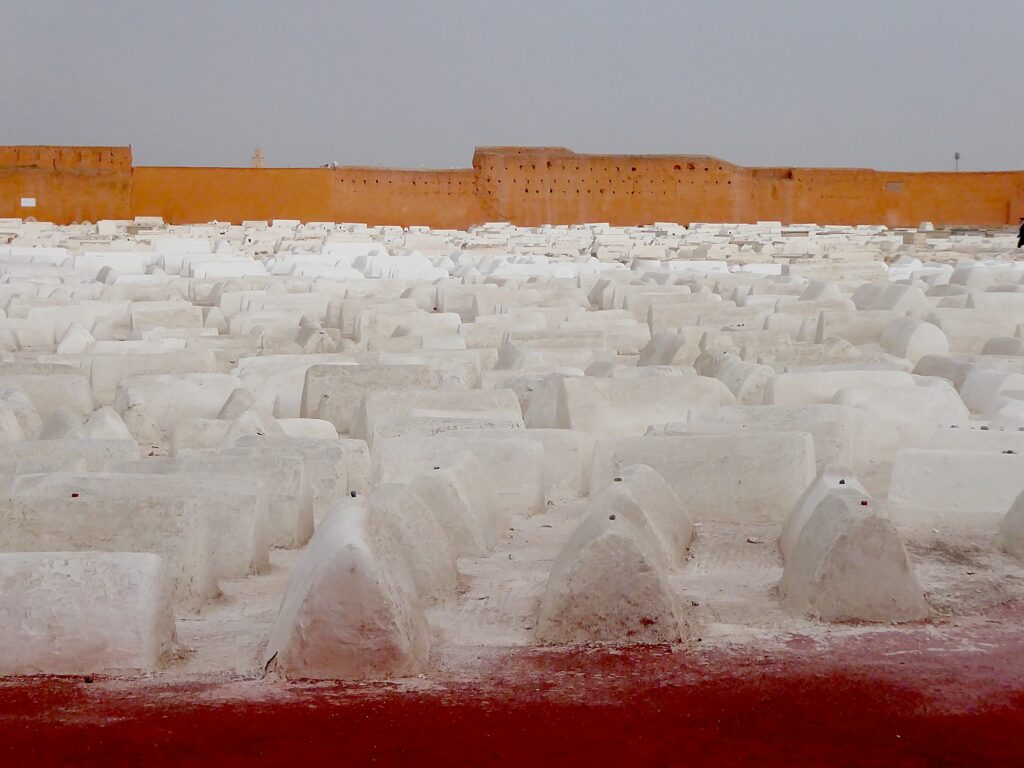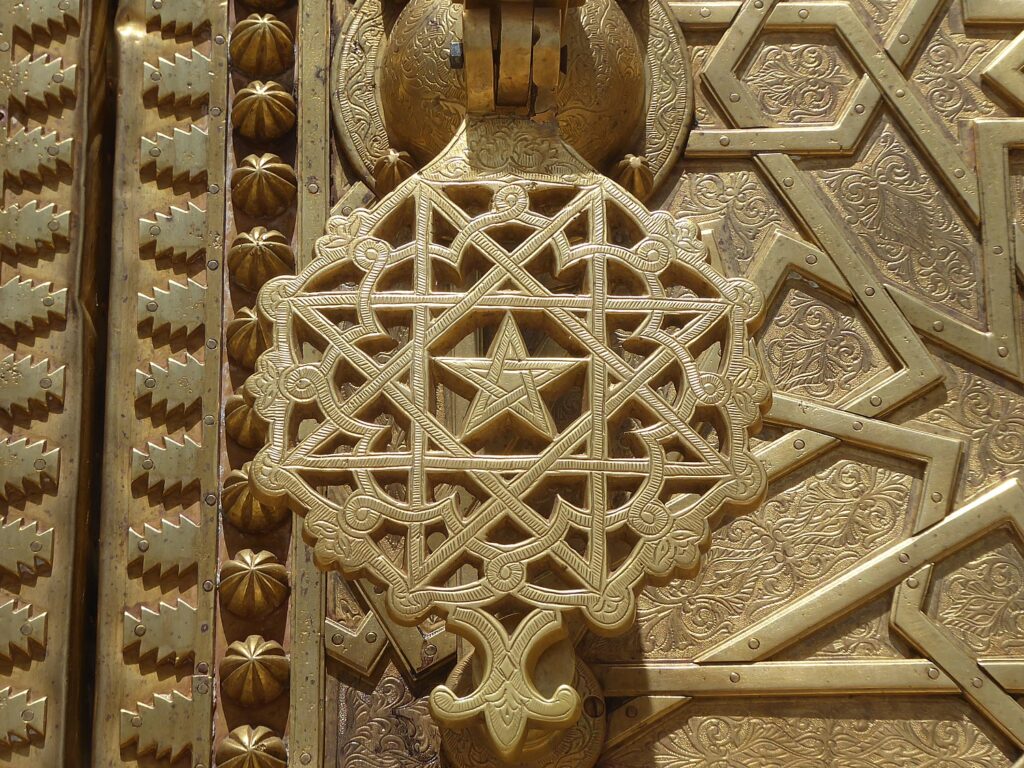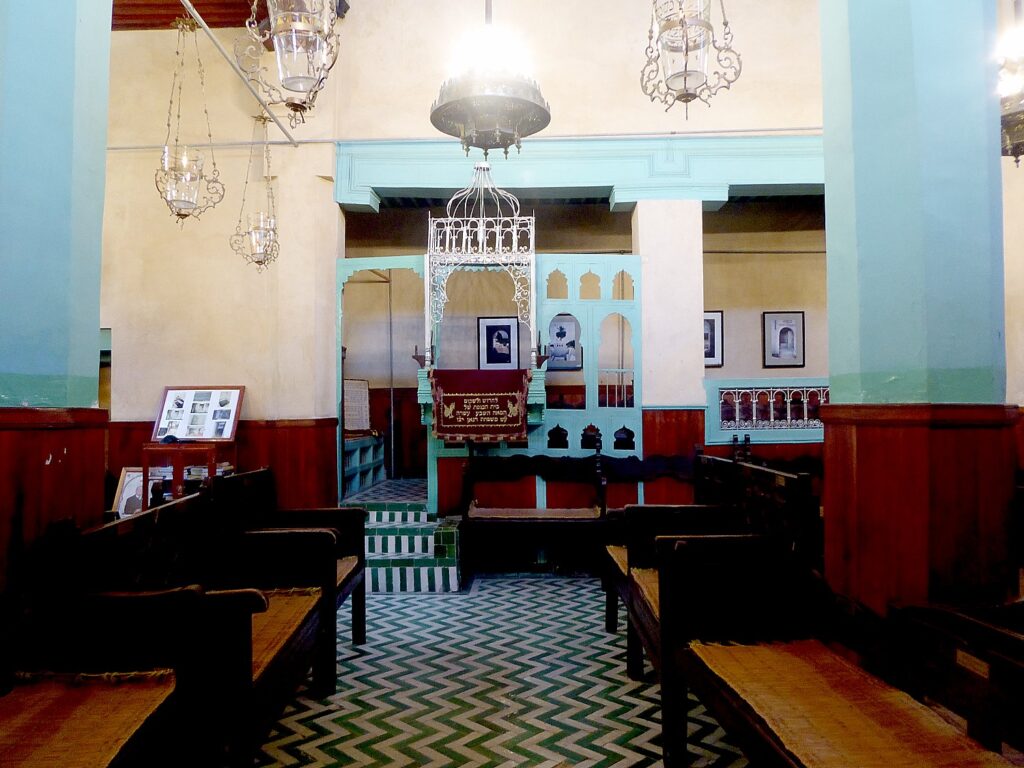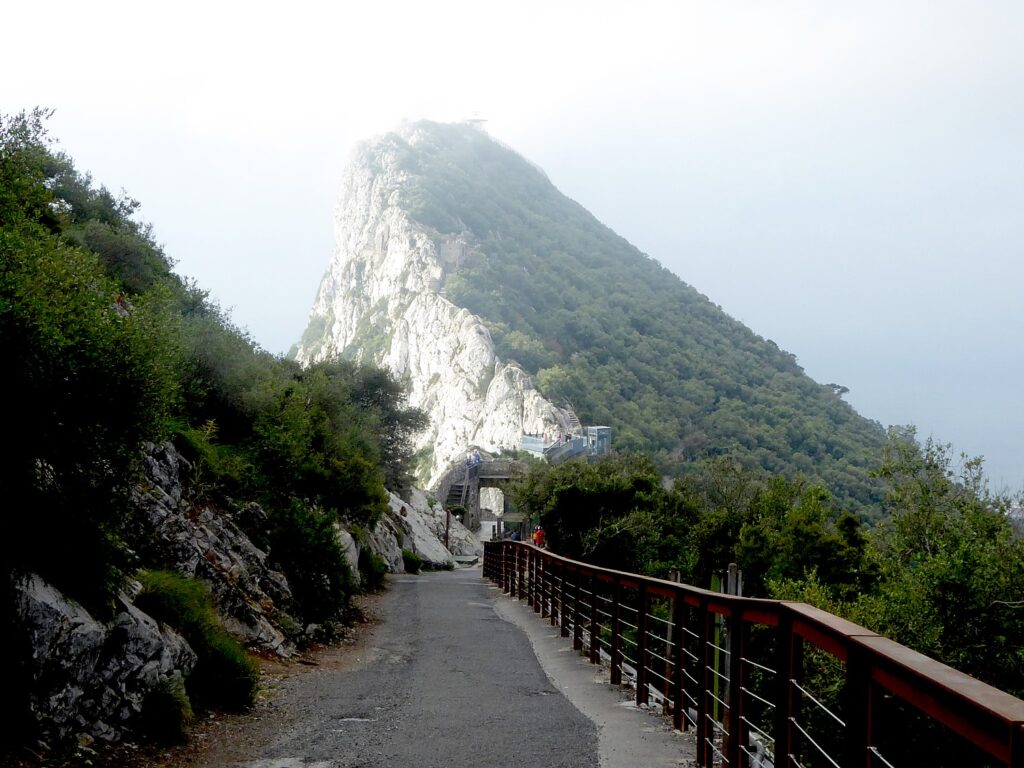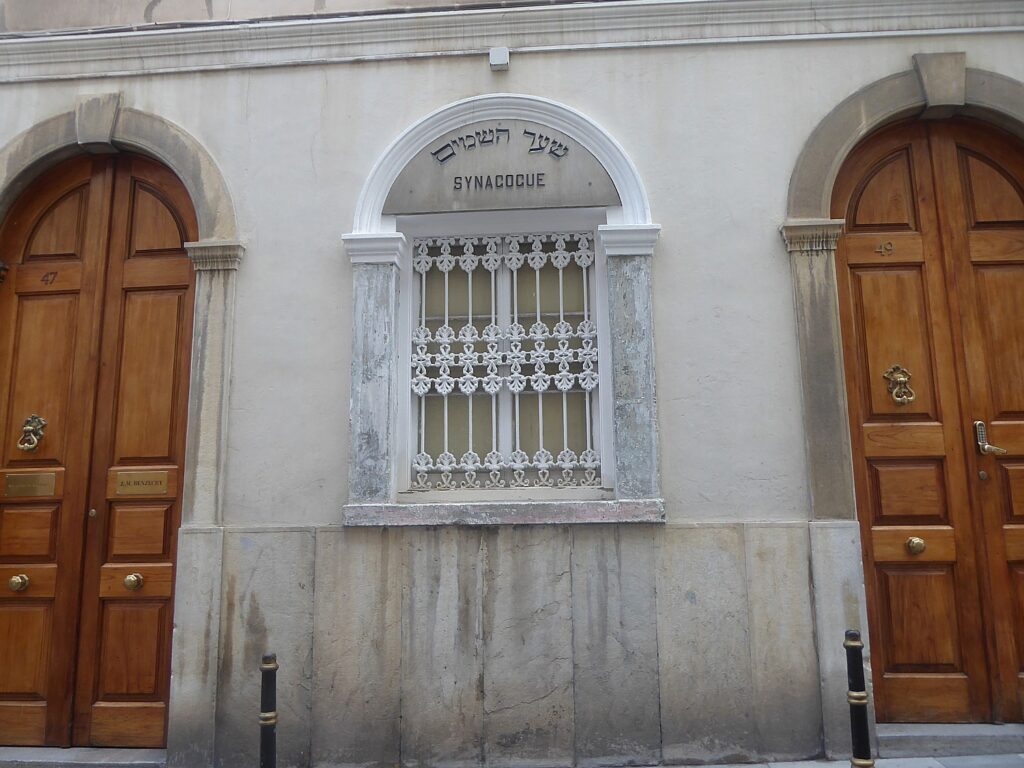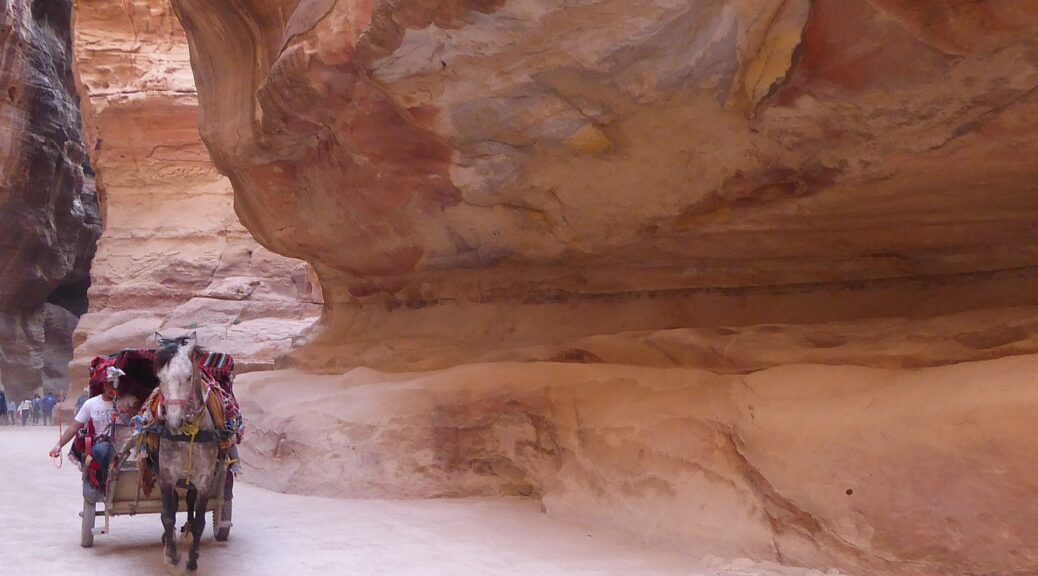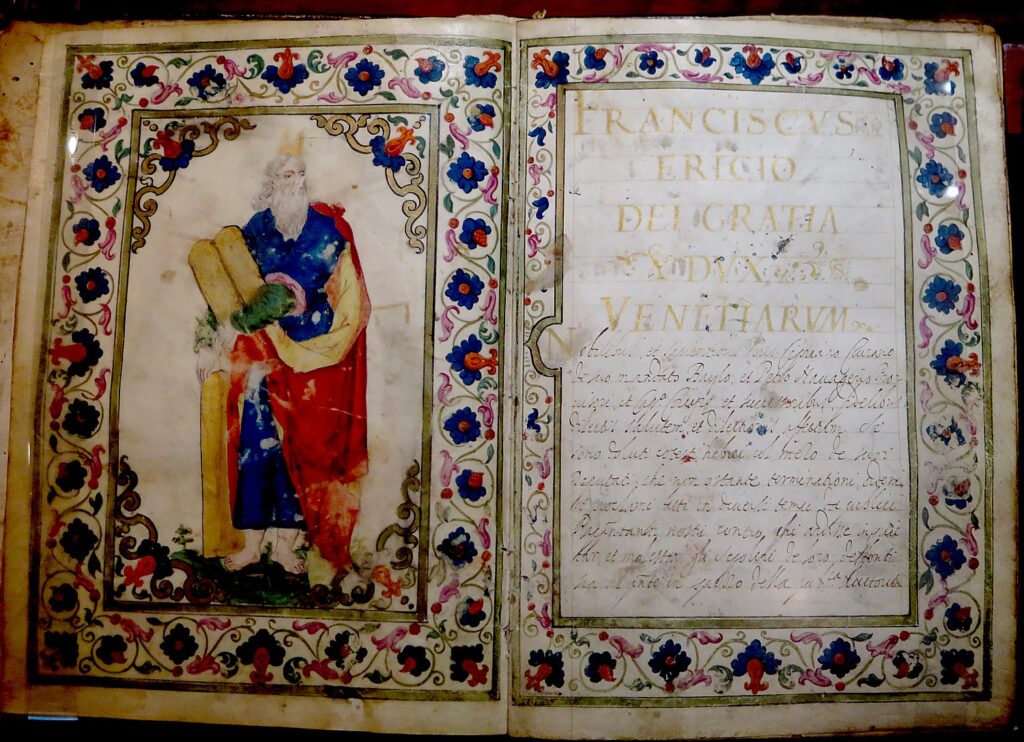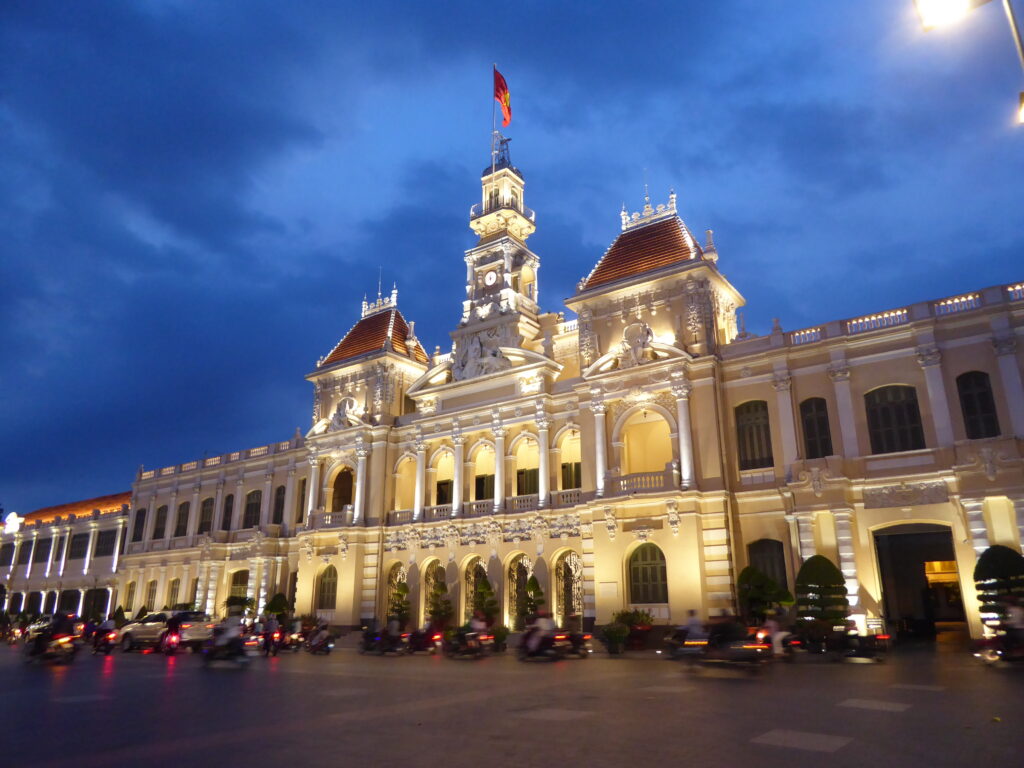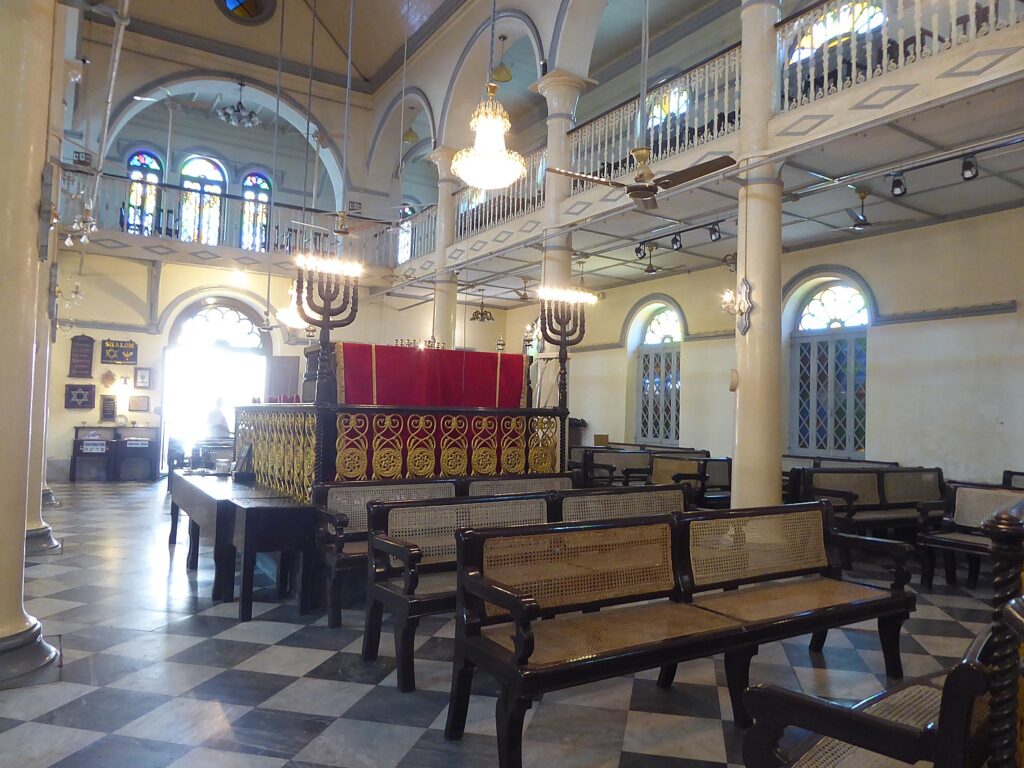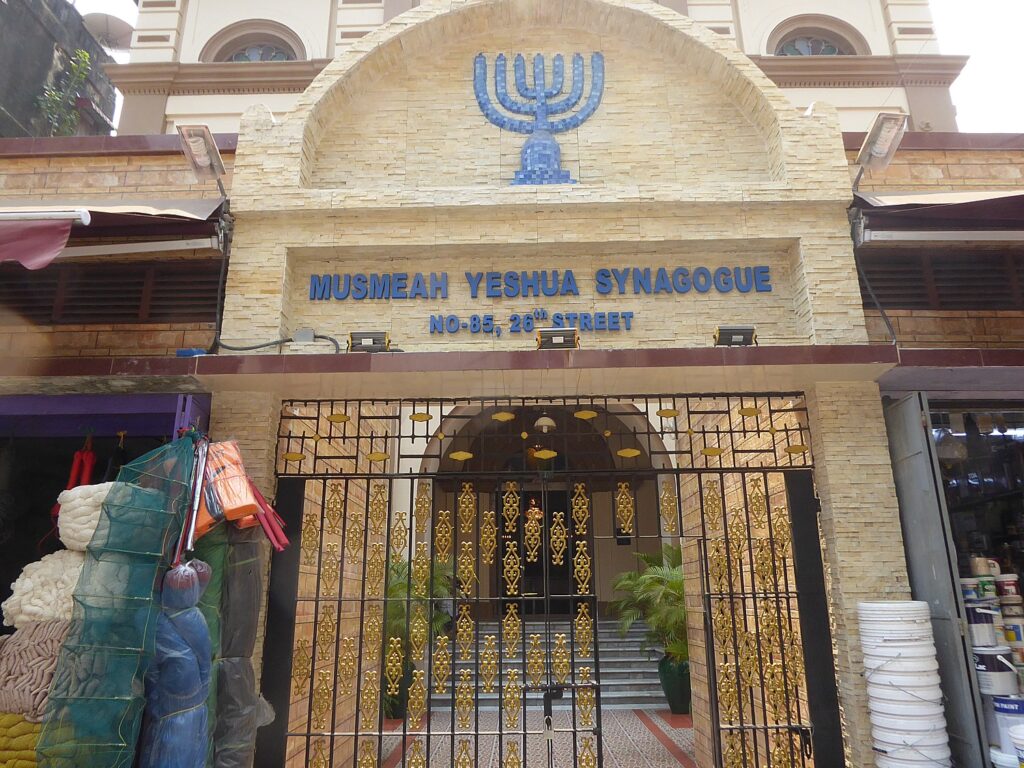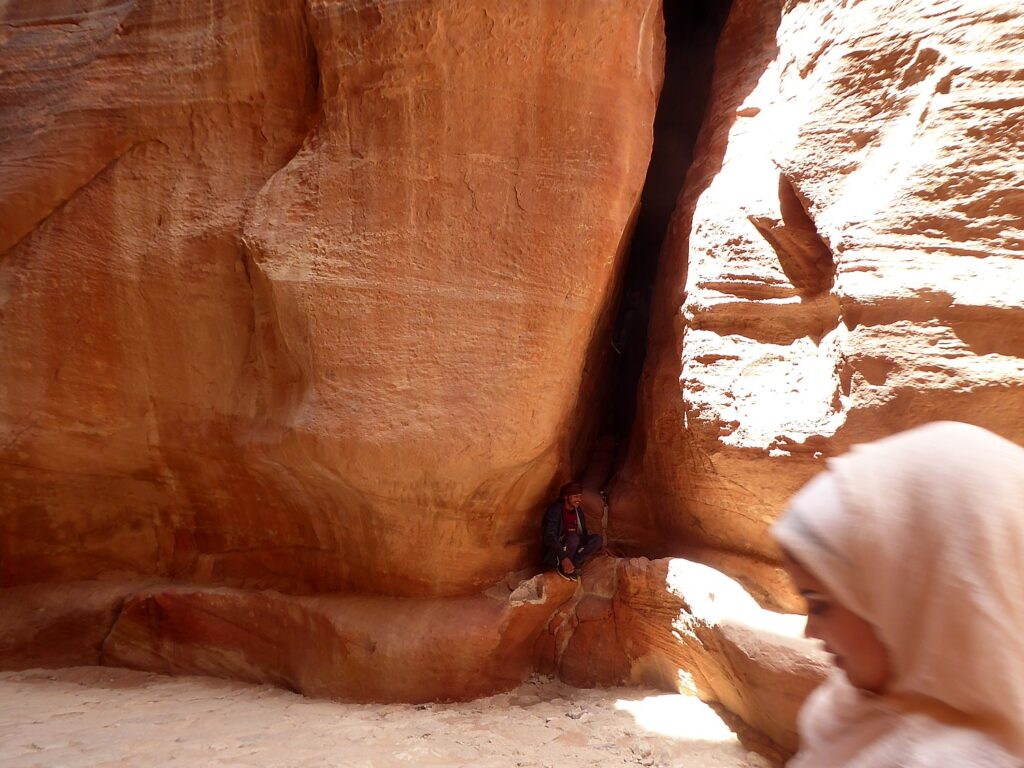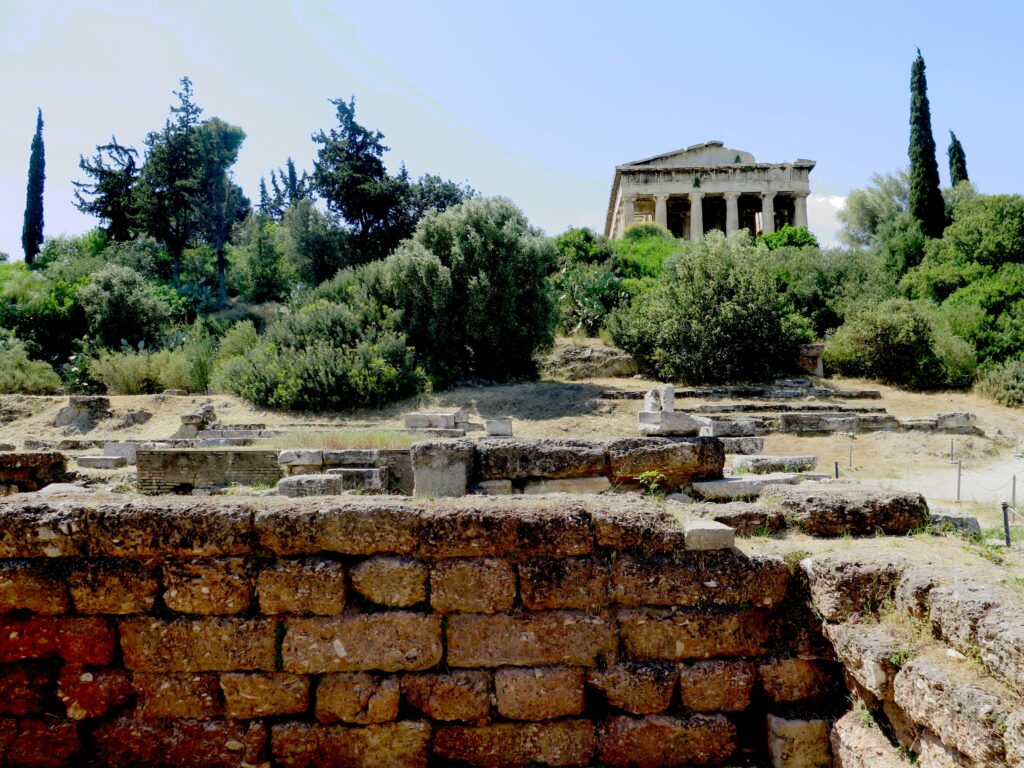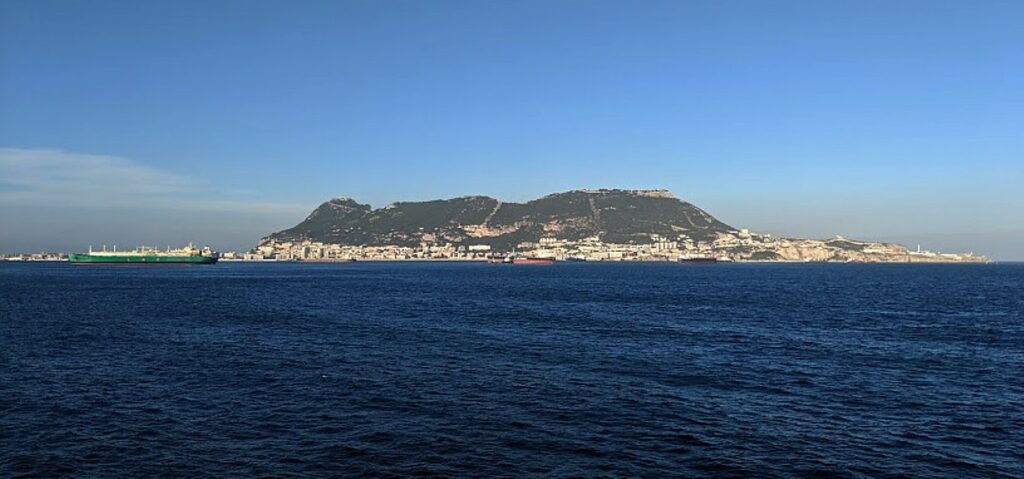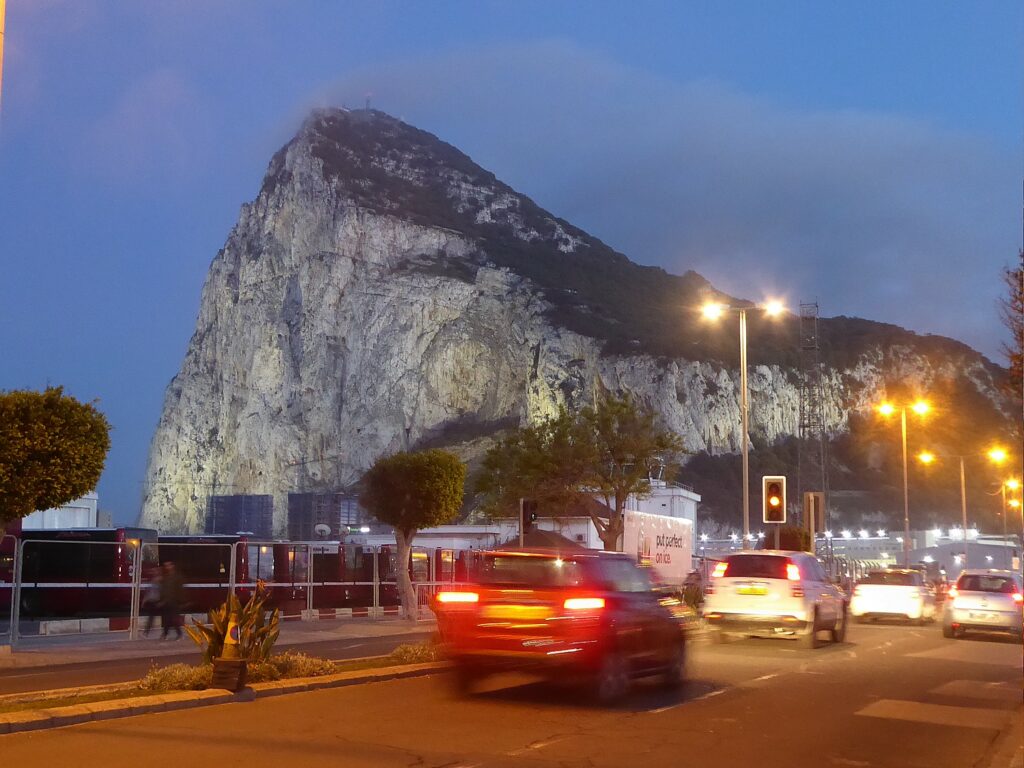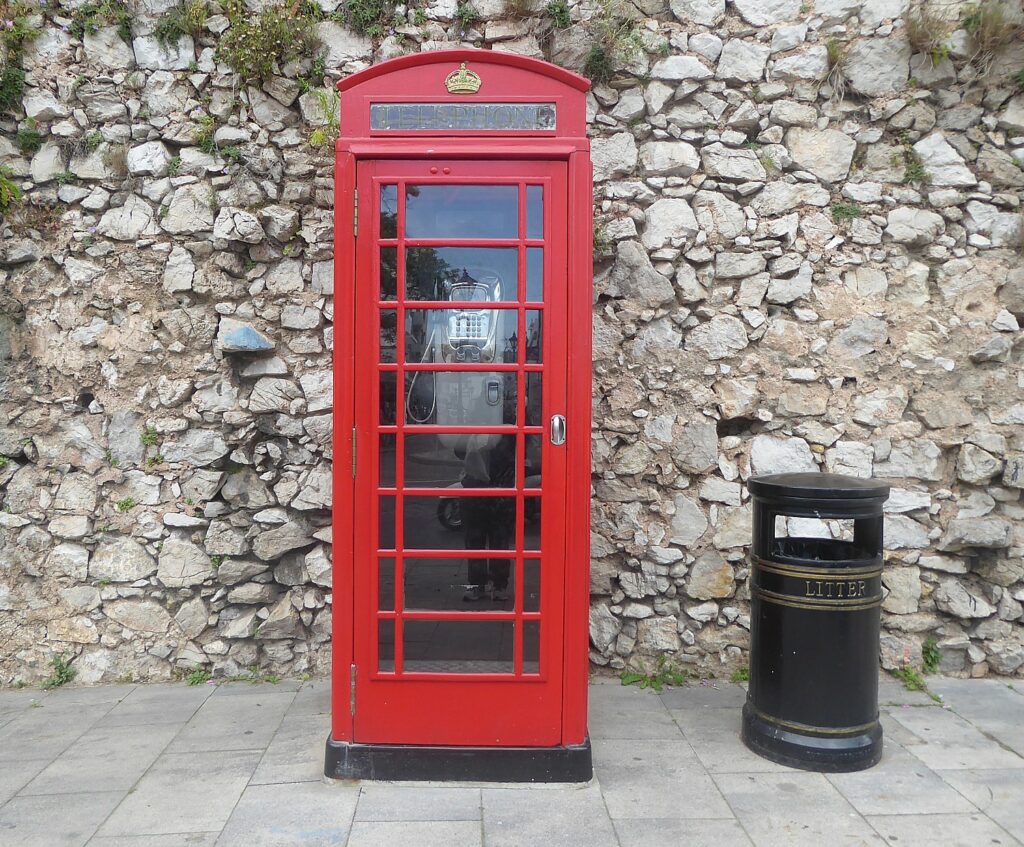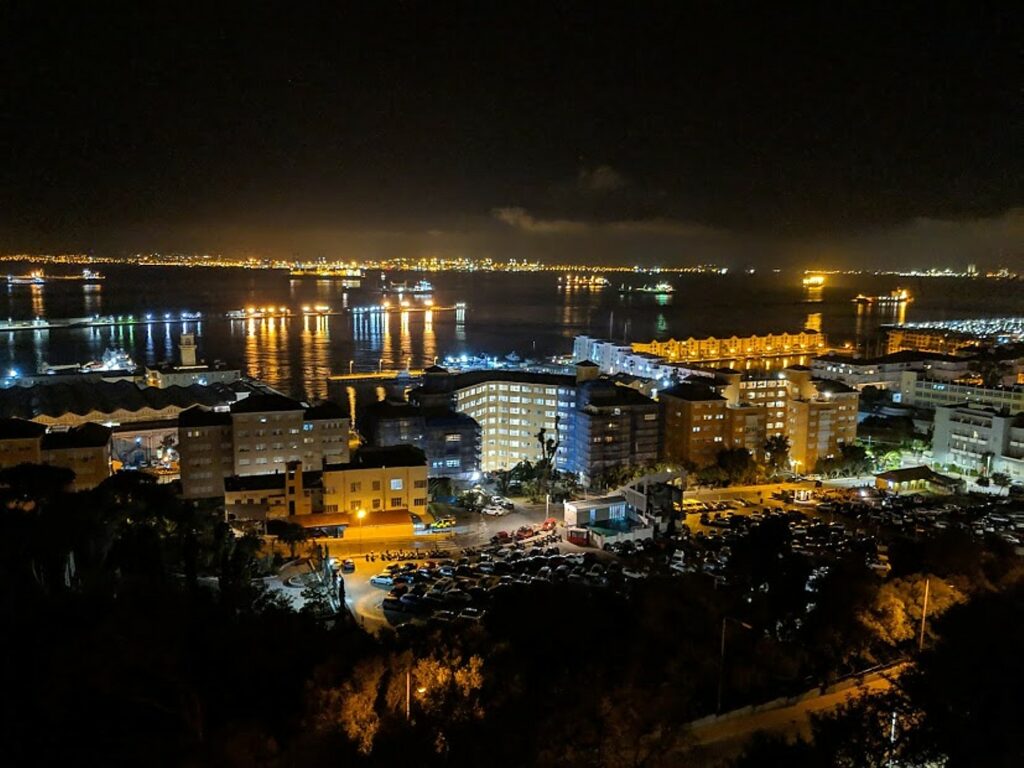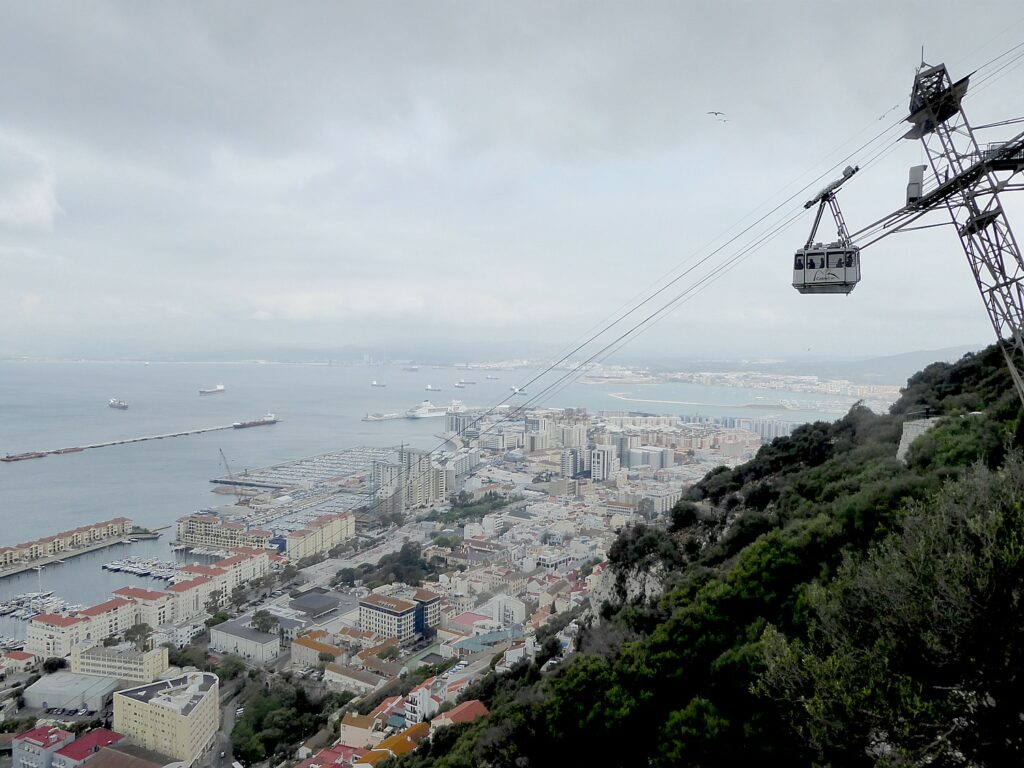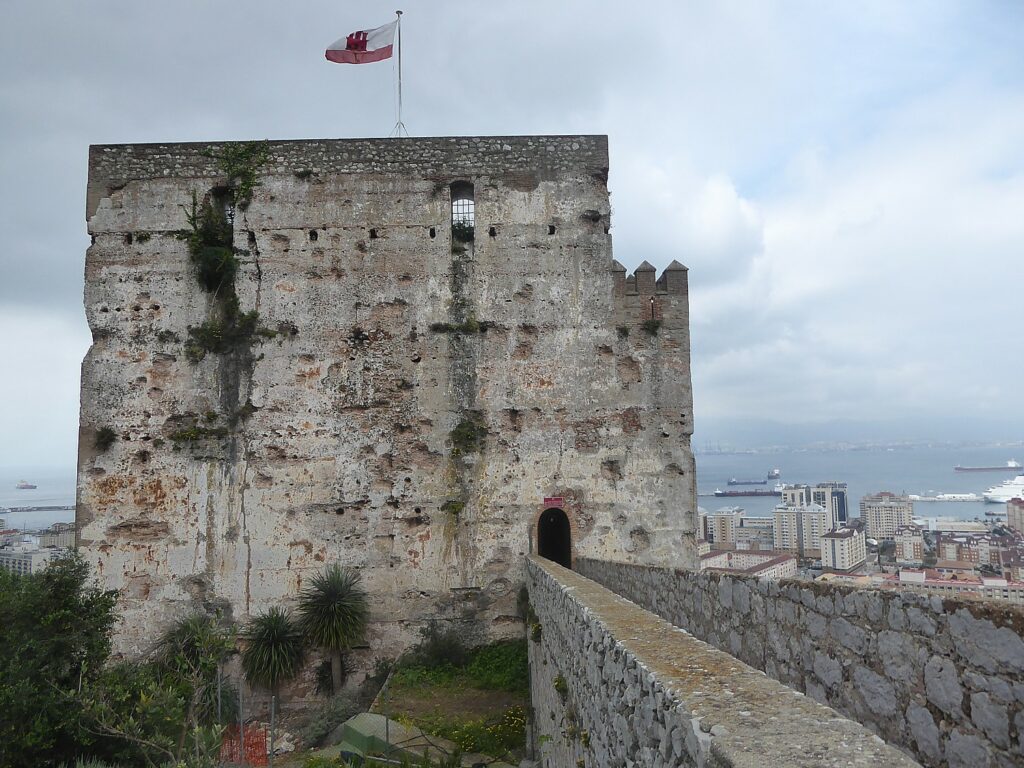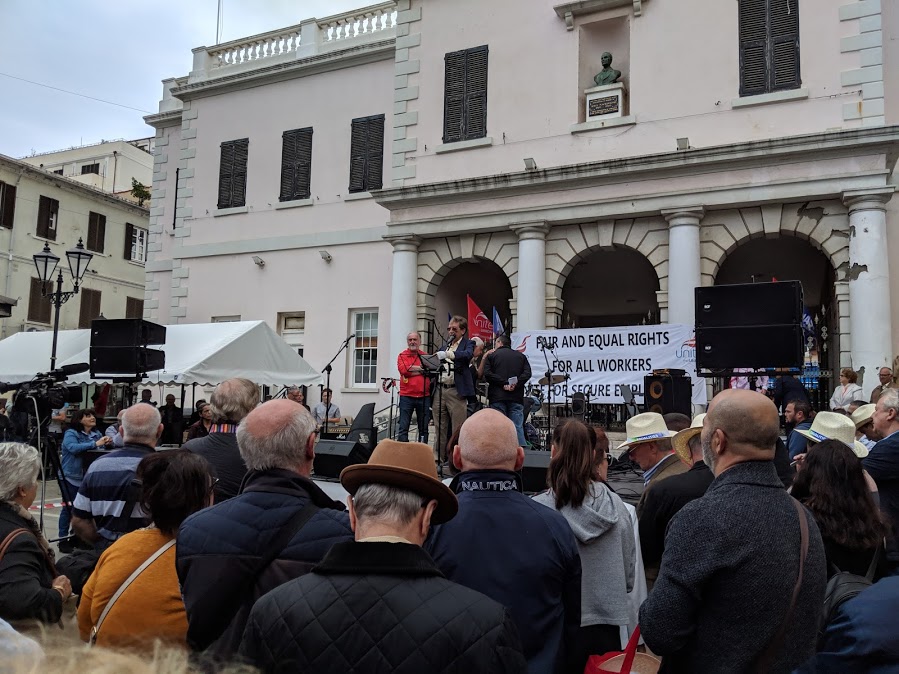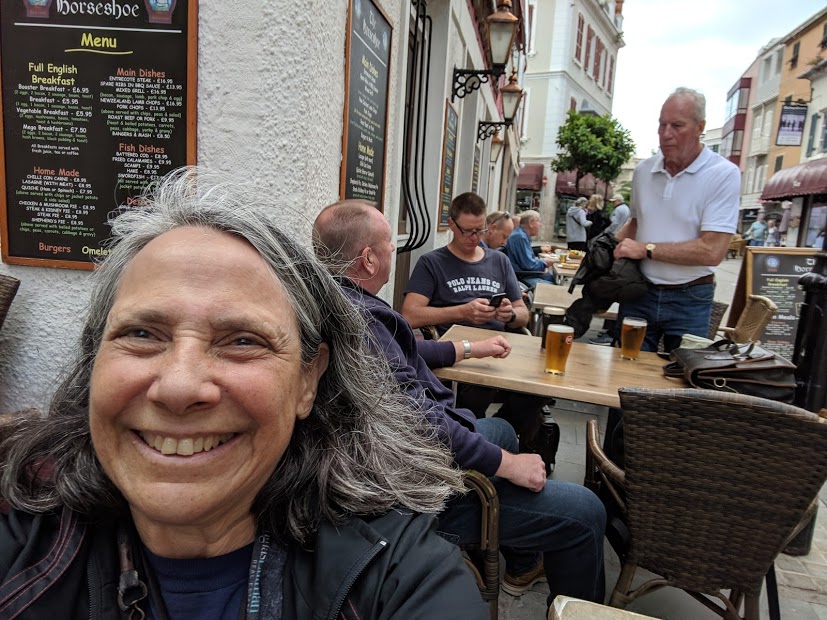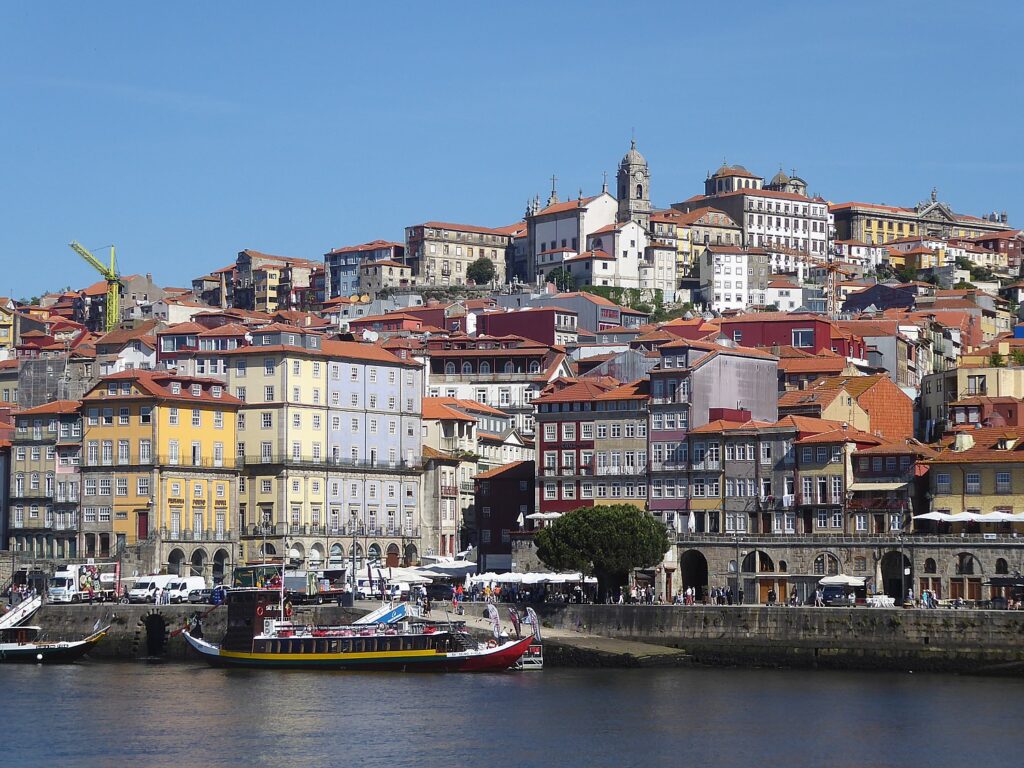
by Karen Rubin, Travel Features Syndicate, goingplacesfarandnear.com
I was surprised to discover during a Global Scavenger Hunt mystery tour around the world in 2019 that I was actually on an odyssey of the Jewish Diaspora. It wasn’t my intention or my mission but it seems that everywhere we touched down (we only learn where we are next going when we are told to get to the airport), I found myself tracing a route set by trade (and permitted occupations), exile and refuge.
It started in Vietnam and then just about every place we traveled: Yangon, Myanmar, where I visited the last synagogue in that country (it’s a historic landmark and still serves a handful of congregants); in Athens, where I discovered the site of a synagogue, serving a Jewish community that had existed in Athens at least since the 3rd C BC and possibly as early as 6th C BC, near where the world’s first “parliament” would have been. In Petra, Jordan, I learned of a connection to Moses and the Exodus (the first Diaspora?). Then the ancient cities of Marrakesh and Fez in Morocco, which has only recently established full diplomatic relations with Israel, and on to Gibraltar, which made me feel I had been deposited in Brigadoon. From Gibraltar, I walked into Spain and took the bus to Seville, where my Jewish odyssey continued:
Seville, Spain
This part of my odyssey is like going to ground zero for the Jewish Diaspora, at least in the past 600 years, when Jews were forced to convert or be expelled, in the Inquisition in 1492 (many who stayed practiced in secret, as Marranos).
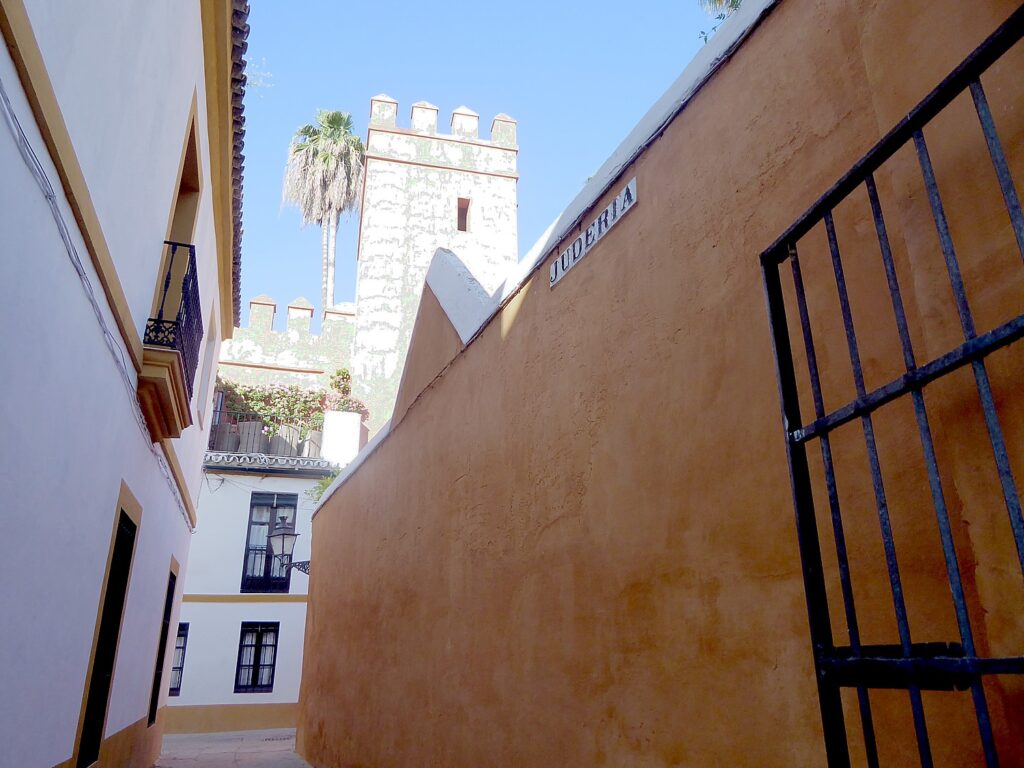
At some point in my walk-about in Seville, I find myself in front of a gate with a sign on the wall that says “Juderia,” which, I later learn was the old Jewish Quarter (before Spain evicted Jews, in 1492, known as the Inquisition). It has been converted into a hotel, Las Casas de la Juderia, comprised of a vast complex of interwoven dwellings, a city within a city, a sprawling maze of 27 houses and two palaces, restored to their 15th century glory, literally in the shadow of the Cathedral and the Alcázar (https://www.lascasasdelajuderiasevilla.com/en/).
“Unmistakably Spanish, the family-run hotel is an alluring retreat hidden right in the heart of the city,” writes Trafalgar, a tour company which features this “accommodation with a story” in its Seville program.
“At Las Casas de la Juderia, you‘ll tread in the footsteps of nobility and even royalty. Over the centuries, Christopher Columbus, The Duke of Bejar and The Count of Villamanrique have all stayed here. In fact, after returning from America, Columbus’s men all resided in these houses. Perhaps most compelling of all is the network of subterranean tunnels connecting houses commissioned by former owner, the Duke of Segorbe. You can wander through these today; in fact, breakfast is taken in the captivating underground Hall of Mirrors.” (https://blog.trafalgar.com/2018/02/26/stays-stories-sevilles-las-casas-de-la-juderia/)
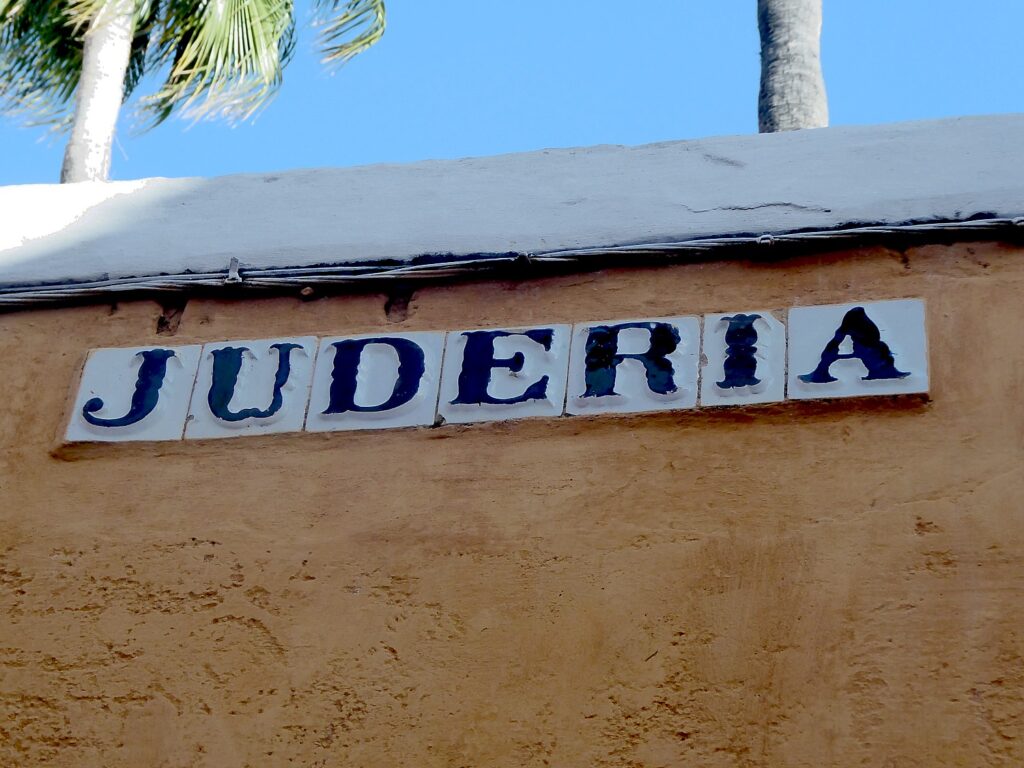
I learn later that Jews had lived in Seville since the 6th century BCE. Though persecuted by Visigoths, Jews were protected under the Moors. Persecution began again in 1391 under Catholics – the Jewish Quarter was burned down. The Inquisition began in earnest in 1381, all Jews who did not convert (and some continue to practice secretly) were expelled by 1492. About half of the 300,000 Jewish Spaniards left, writes Fiona Flores Watson (https://www.andalucia.com/history/jews.htm), who suggests visiting the Centro de Interpretación Judería de Sevilla to learn more about the history of Jews in Seville.
It bears reminding that Columbus set out on his voyage of discovery of the “New World” in 1492, the same year as the official start of the Spanish Inquisition. Many believe that Marranos – secret Jews – were among his crew and founded the first white settlements in the New World, on Caribbean islands like Jamaica (one imagines that Jews missed the opportunity to claim the New World, but oh well.)
“The year of discovery in 1492 was also the seminal year of the Sephardic diaspora, when Spanish Jews were required to convert to Catholicism or to leave Spain. Much of the population moved on to Portugal or found homes on the Mediterranean littoral. Columbus’s first crew included several conversos, or Spanish-Jewish converts to Christianity, notably the interpreter, Luis Torres. Importantly, three conversos in the Spanish court were influential in securing royal approval for the controversial expedition.” http://brown.edu/Facilities/John_Carter_Brown_Library/exhibitions/judaica/pages/geography+.html
Columbus’s letter to the Court of Spain, outlining the importance of his discovery, was addressed to Santangel, the chancellor of Aragon, one of three important conversos in the royal court. Others were Gabriel Sanchez, the royal treasurer, and Juan Cabrero, the king’s chamberlain. Additionally, Jews were responsible for the technology that made the explorations possible: Abraham Zacuto developed astronomical tables, almanacs, and maps, while Levi ben Gerson is credited with the invention of the sea-quadrant or Jacob’s staff, used to guide marine courses.

The theme of this part of my journey could well be exploration. I had not realized that the first trip to circumnavigate the world originated from Seville: in 1519, Ferdinand Magellan began his voyage from the very spot where I stand on the bank of river; crossing the San Telmo bridge, you can see the armillary sphere that commemorates mile zero of that voyage.
“Seville in the 16th century was the mercantile center of the western world, and its river was the main maritime route for Atlantic traffic for more than 200 years…Seville was known as ‘the city where the world’s heart beats’. Its maritime activity permeated commerce, population, culture, and its own urban development, making it unique,” the visitor bureau notes (www.visitasevilla.es/en/history/guadalquivir-river).
Porto, Portugal
Like Spain, Jewish heritage in Portugal is complicated. Jews lived here from 5th to 15th centuries – 1000 years before being expelled. After being kicked out of Spain, many Jews went first to Portugal, but Portugal adopted Spain’s Inquisition in 1496 in order to consummate a politically-advantageous wedding. Like in Spain, many Portuguese Jews pretended to convert to Christianity but remained secret Jews.
At one end of Praça da Liberdade, Porto’s elegant Belle Époque main square, is Porto-Palacio das Cardoas Hotel, the first luxury hotel in the historic city center. It was opened in 2011 after being converted from the 18th century palace home of a wealthy Jewish merchant, Manuel Cardoso dos Santos, who bought the property from an order of monks when they were forced from the city. It was originally built as the Lóios Monastery.

According to the New York Jewish Travel Guide: Porto, Portugal’s second city, is home to one of the oldest Jewish communities in the country. The city was spared the destruction of the 1755 earthquake that destroyed much of Lisbon. Porto remained largely intact so you can see the narrow streets and balconied houses of former Jewish quarter with street names like “Rua Monte Judeus,” “Escadinhas do Monte dos Judeus,” and Pátio das Escadinhas do Monte dos Judeus.”
The main synagogue stood on the Escadas da Vitória, a place still locally called “Escadas da Esnoga,” meaning “stairway to the synagogue.” A plaque that marks this site.

Nearby, there is an ancient Jewish cemetery at Passeio das Virtudes. It was there that the largest numbers of Conversos (also known as Marranos), descendants of Jews forced to convert to Christianity during the Inquisition but secretly practicing Judaism, lived.
But the Jewish experience here in Porto – I am surprised to learn – is relatively modern: in the 1920s Porto became the center of a modest Jewish cultural revival led by an army captain, Arturo Carlos de Barros Bastos. A Converso, Bastos converted to Orthodox Judaism at the age of 33. He became known as the “Portuguese Dreyfus” because he was dismissed from the Army for being a Jew.
Basto established a Yeshiva in Porto, which ran for nine years educating more than 90 students. This is what brought him to the attentionof the government, especially after an estimated 10,000 families across Portugal admitted to practicing Judaism in secret. False charges were brought against the Captain and he was court-martialed, stripped of his rank and was forced to close the Yeshiva. After leaving the Army, Captain Basto established a synagogue in Porto.
As the congregation grew he moved into a new building donated by Elly Kadoorie, a wealthy Sephardic Jew. The Kadoorie Mekor Haim Synagogue was built on property bought and donated by Baron Edmond de Rothschild of Paris.
The Hebrew part of its name, “Mekor Haim,” means “Source of Life,” while “Kadoorie” is the surname of Hong Kong-born Jews who donated the funds to complete the building, in honor of a deceased family member, Laura Kadoorie, who descended from Portuguese Jews. Her husband, Sir Elly Kadoorie, died in 1944 and is still the Honorary President of the Israeli Community of Oporto, the New York Jewish Travel Guide reported.
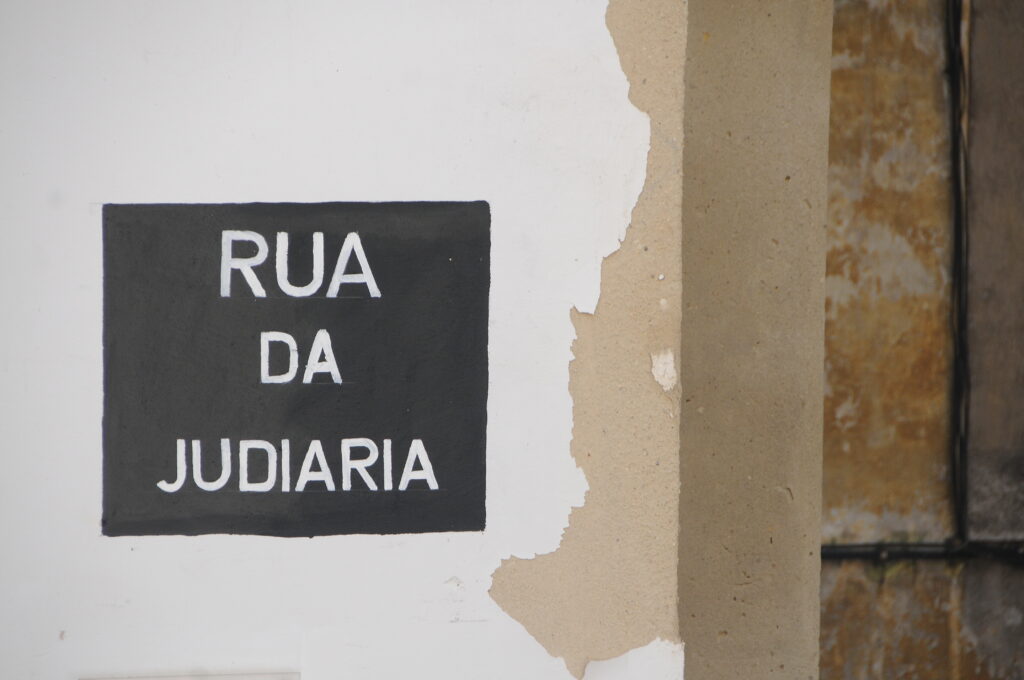
The Kadoorie Mekor Haim Synagogue, built with donations from Jews from all over the world and with décor that blends Art Deco and Moroccan, was inaugurated in 1938, at a time when synagogues were being burned in Germany. It is the largest synagogue in the Iberian Peninsula and one of the largest in Europe.
Indeed, I learn that during World War II, Portugal gave refuge to thousands of Jews escaping Nazi persecution. Their existence has been legal in Portugal since 1912, and today there are Jewish synagogues in Lisbon, Porto, Trancoso and Belmonte (https://www.visitportugal.com/en/content/jewish-legacy).
You can take a Jewish Heritage walking tour of Porto
New York City
How fitting that our next and final stop on this 23-day, 10-country around-the-world mystery tour is New York City, where many of these displaced descendants of Iberian Jews wound up, generations later from Holland, Brazil and the Indies.
Indeed, there is some suggestion that secret Jews (Marranos) were on board Columbus’ ships, and established the first white settlement in the New World, on the island of Jamaica.
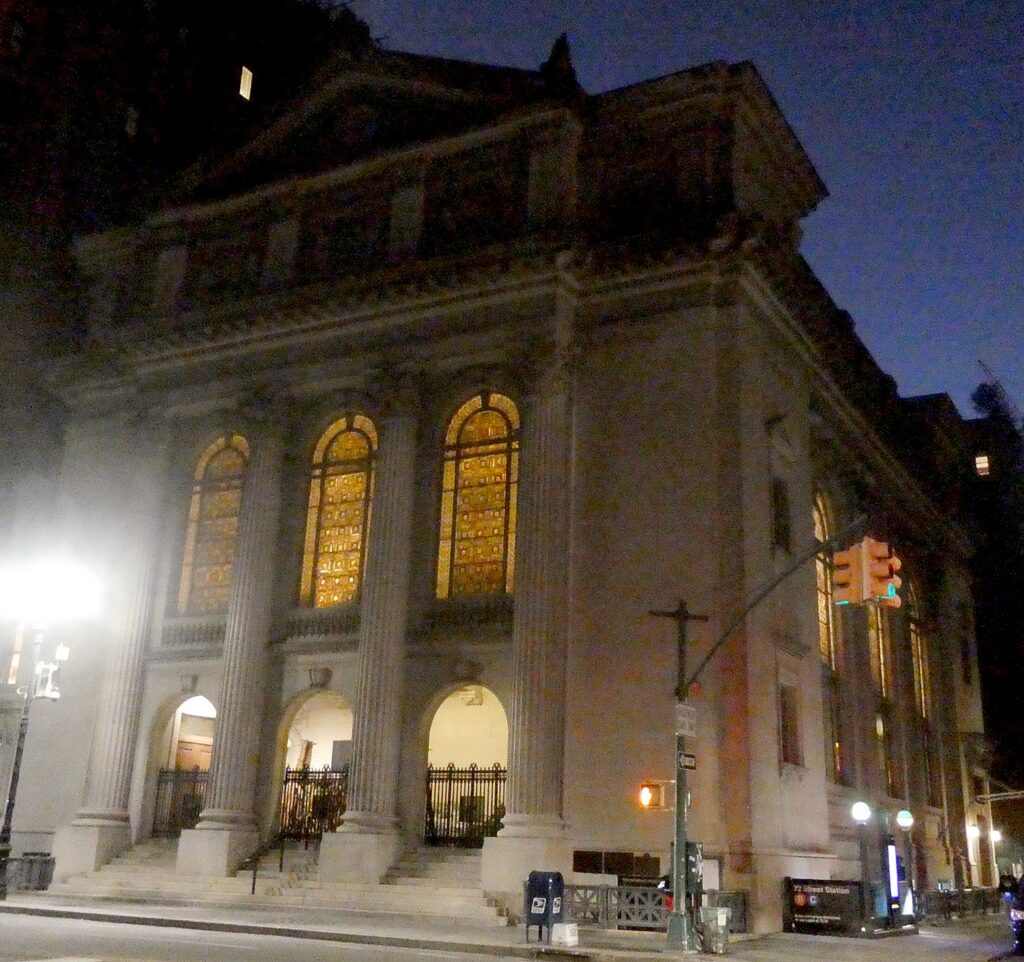
You can still visit Congregation Shearith Israel, the first Jewish congregation established in North America. It was founded in 1654 (just 34 years after the Pilgrims landed at Plimoth) by 23 Jews, mostly of Spanish and Portuguese origin, who had been living in Recife, Brazil. But when Portuguese defeated the Dutch for control of Recife, bringing the Inquisition to Brazil, the Jews left. Some returned to Amsterdam where they had originated; others went to Caribbean islands including St. Thomas, Jamaica, Surinam and Curacao. The group that came to New Amsterdam arrived in 1654.
“They were not welcomed by Governor Peter Stuyvesant, who did not wish to permit Jews to settle in New Amsterdam. However, these pioneers fought for their rights and won permission from the Dutch West India Company to remain here in 1655,” according to the synagogue’s historic notes.
The original synagogue was in the Wall Street area. As New York City continued to grow and the population moved northward, Shearith Israel opened its present building in 1897 – the congregation’s fifth building – on 70th Street and Central Park West, on a plot of land that was previously a duck farm.
The architect was Arnold Brunner, an American-born Jewish architect. The building was designed by Louis Comfort Tiffany, who created the extraordinary glass windows and planned the interior design and color scheme. (I’ve attended a Purim service there, and walk by it often, on Central Park West.)
On this last day of the Global Scavenger Hunt, still in hunt mode, I walk up to the Metropolitan Museum of Art where the task is to find artifacts related to the places we have been. I find myself in an extraordinary exhibit, “The World Between Empires,” which interestingly serves almost as a summary of all the places we had gone, all the cultures we explored, while fitting in some missing archaeological pieces from places like Petra, Jordan.
“The compelling works of art in this exhibition offer a view into how people in the ancient Middle East sought to define themselves during a time of tremendous religious, creative, and political activity, revealing aspects of their lives and communities that resonate some two millennia later,” stated Max Hollein, Director, The Metropolitan Museum of Art, in a video that accompanies the exhibit. “Further, in focusing on an area of the world that has been deeply affected by recent conflicts and the destruction of sites, monuments, and objects, this show also engages with complex questions about the preservation of cultural heritage.”
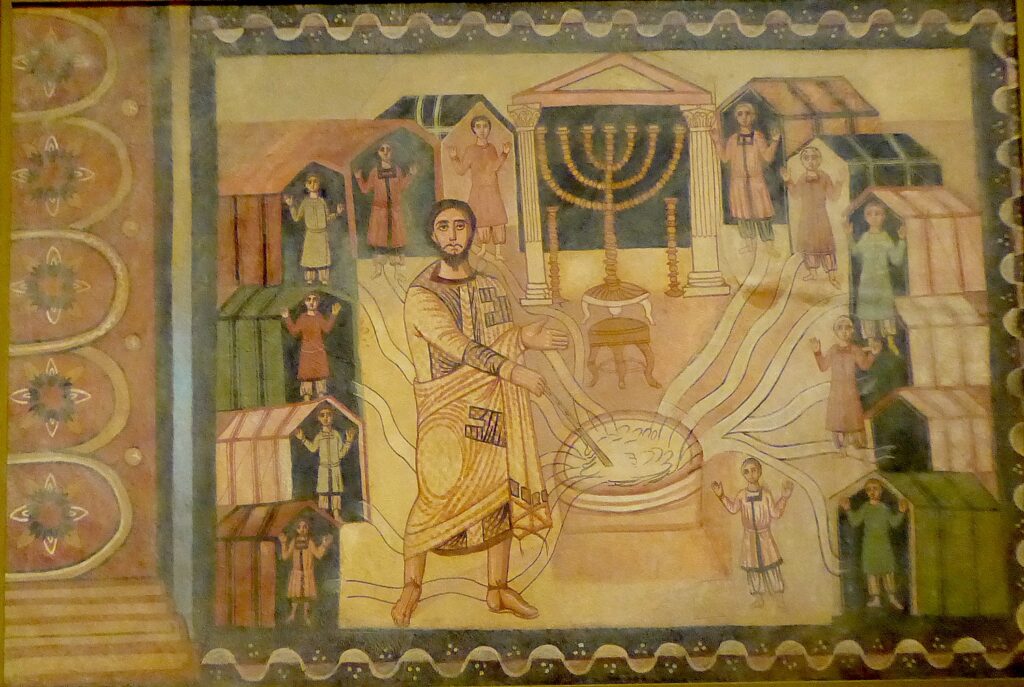
The exhibition evokes a journey along ancient trade routes, beginning in the southwestern Arabian kingdoms that grew rich from the caravan trade in frankincense and myrrh harvested there and used throughout the ancient world. Camel caravans crossed the desert to the Nabataean kingdom, with its spectacular capital city of Petra, which I have just visited, walking through very much as the caravan travelers would have.
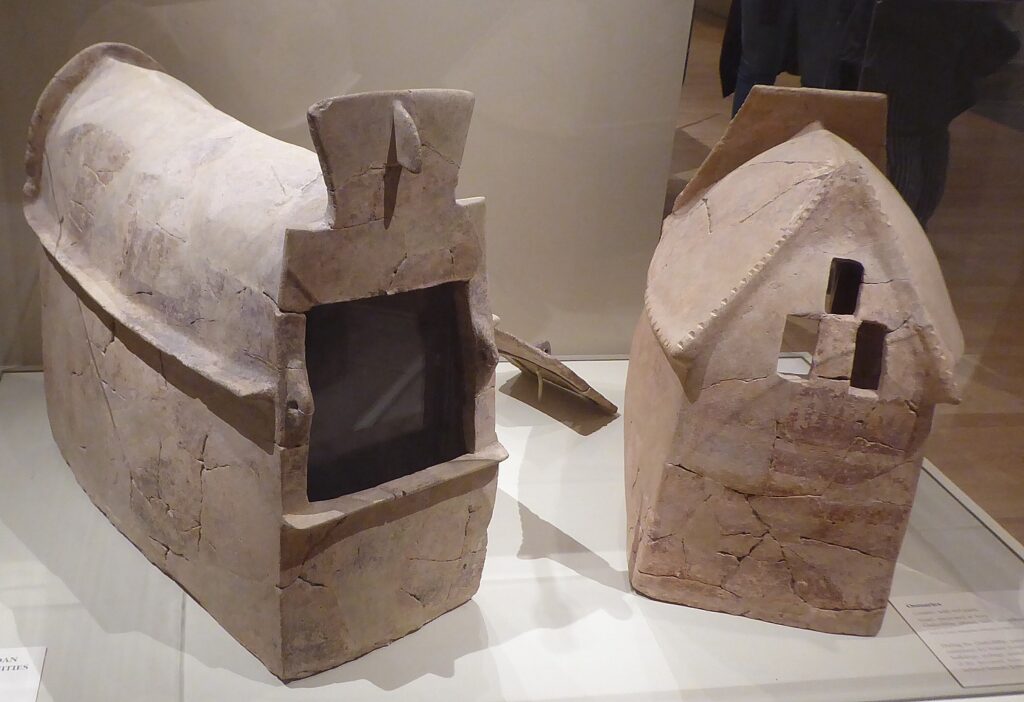
“From here, goods traveled west to the Mediterranean and north and east through regions including Judaea and the Phoenician coast and across the Syrian desert, where the oasis city of Palmyra controlled trade routes that connected the Mediterranean world to Mesopotamia and Iran and ultimately China. In Mesopotamia, merchants transported cargoes down the Tigris and Euphrates rivers to the Persian Gulf, where they joined maritime trade routes to India. These connections transcended the borders of empires, forming networks that linked cities and individuals over vast distances.
“Across the entire region, diverse local political and religious identities were expressed in art. Artifacts from Judaea give a powerful sense of ancient Jewish identity during a critical period of struggle with Roman rule. Architectural sculptures from the colossal sanctuary at Baalbek and statuettes of its deities reveal the intertwined nature of Roman and ancient Middle Eastern religious practices. Funerary portraits from Palmyra represent the elite of an important hub of global trade. Wall paintings and sculptures from Dura-Europos on the River Euphrates illustrate the striking religious diversity of a settlement at the imperial frontier. And in Mesopotamia, texts from the last Babylonian cuneiform libraries show how ancient temple institutions waned and finally disappeared during this transformative period.”
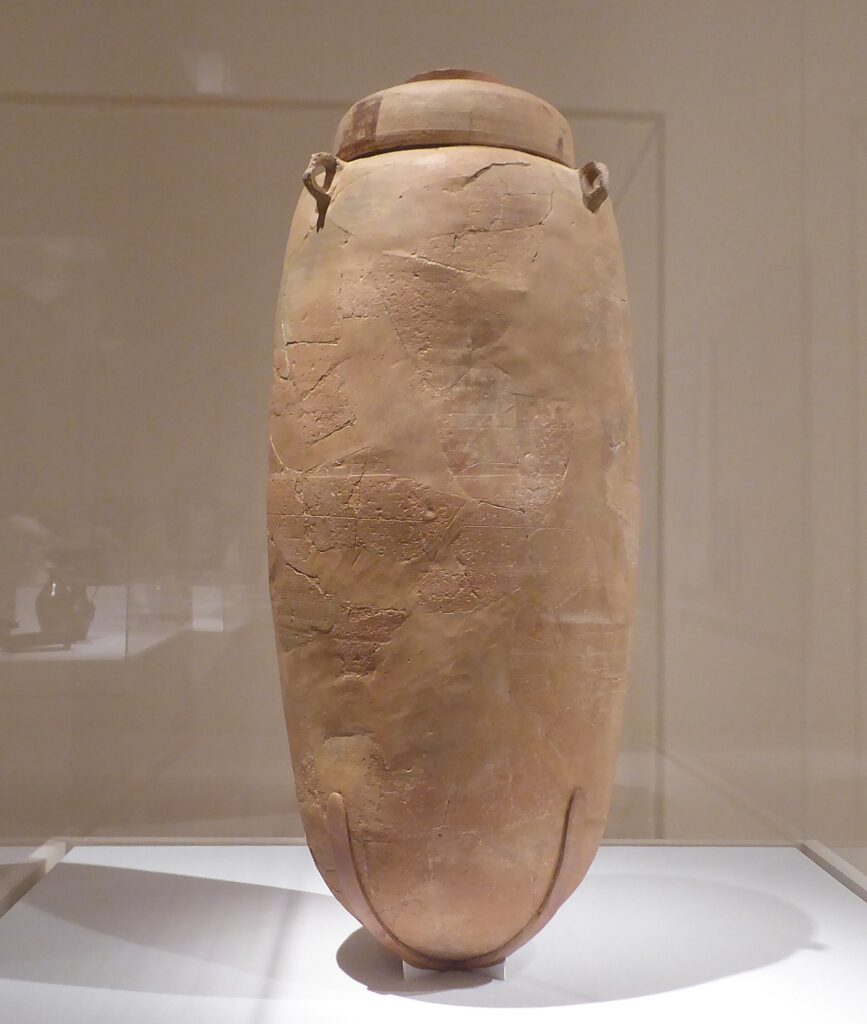
Among the astonishing artifacts that I come upon is the “unique” Magdala Stone, discovered in a first-century synagogue at Migdal (ancient Magdala) with imagery that refers to the Temple in Jerusalem and wall paintings from a church in Dura-Europos that are the earliest securely dated images of Jesus.
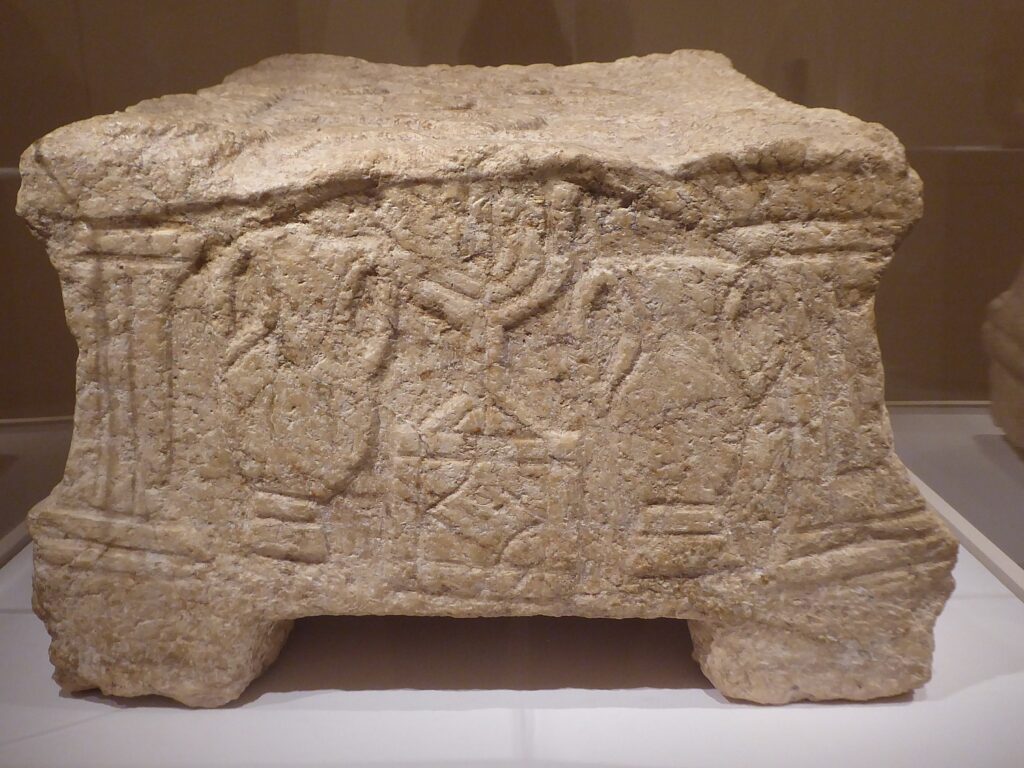
From my visits in Athens and Petra, particularly, I appreciate this synergy between trade, migration, environmental sustainability and technology (in Petra’s Archaeology Museum, you learn how the ability to control water supply was key to the city’s development) and the links to economic prosperity and political power, and the rise of art, culture, and community. (I recall the notes from the National Archaeology Museum in Athens that made this very point.)
Happening upon this exhibit made the travel experiences we had to these extraordinary places all the more precious.
It is a humbling experience, to be sure, to go to the origins of the great civilizations, fast forward to today. How did they become great? How did they fall? Greatness is not inevitable or forever. Empires rise and fall. Rulers use religion, art and monuments to establish their credibility and credentials to rule; successors blot out the culture and re-write history.
For additional information visit GlobalScavengerHunt.com or contact GreatEscape Adventures Inc. at 310-281-7809.
See also:
FEELING LIKE A FOREIGNER IN MY HOMETOWN: GLOBAL SCAVENGER HUNT ENDS IN NEW YORK CITY
______________________
© 2021 Travel Features Syndicate, a division of Workstyles, Inc. All rights reserved. Visit goingplacesfarandnear.com, www.huffingtonpost.com/author/karen-rubin, and travelwritersmagazine.com/TravelFeaturesSyndicate/. Blogging at goingplacesnearandfar.wordpress.com and moralcompasstravel.info. Send comments or questions to FamTravLtr@aol.com. Tweet @TravelFeatures. ‘Like’ us at facebook.com/NewsPhotoFeatures
